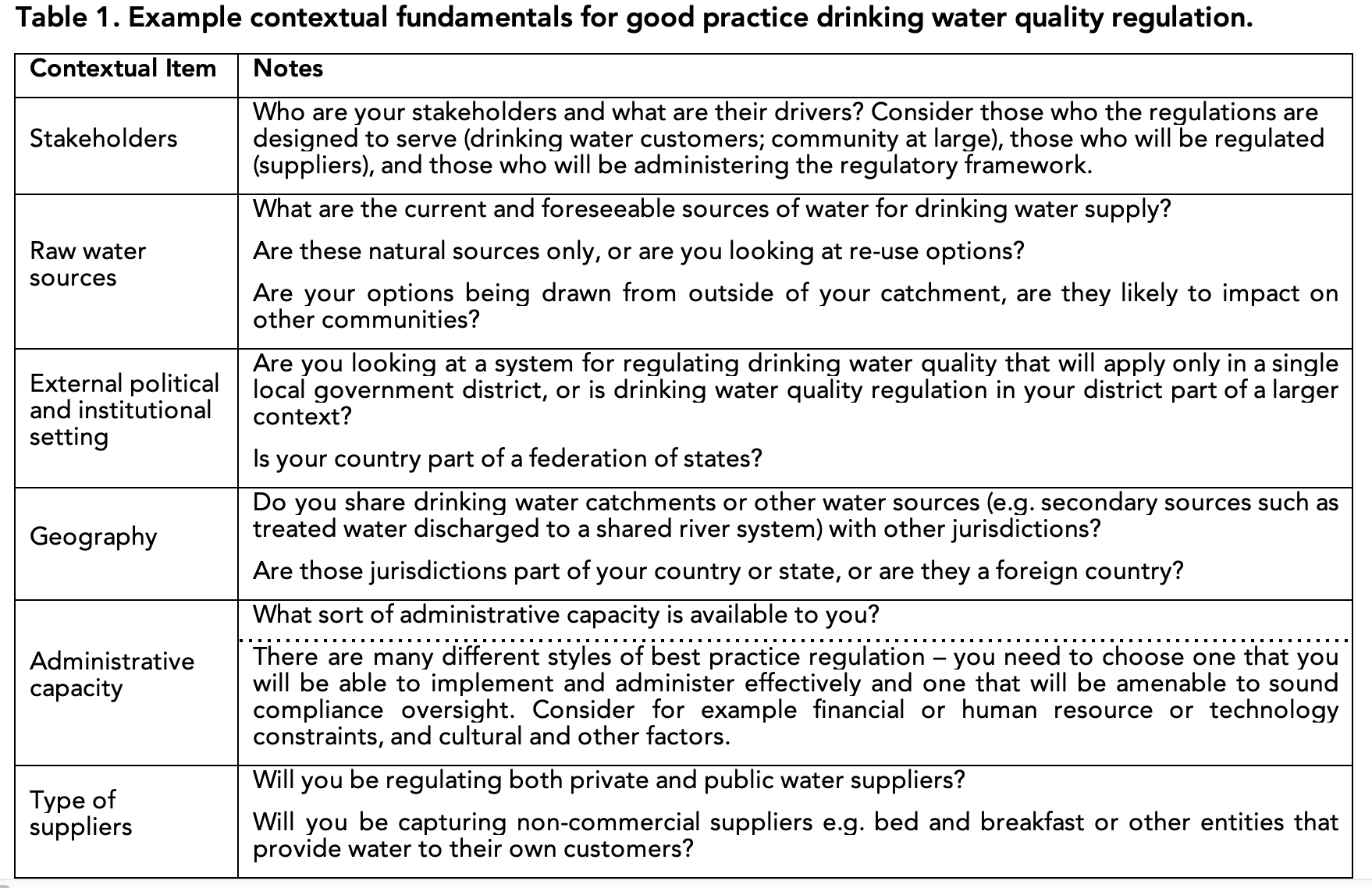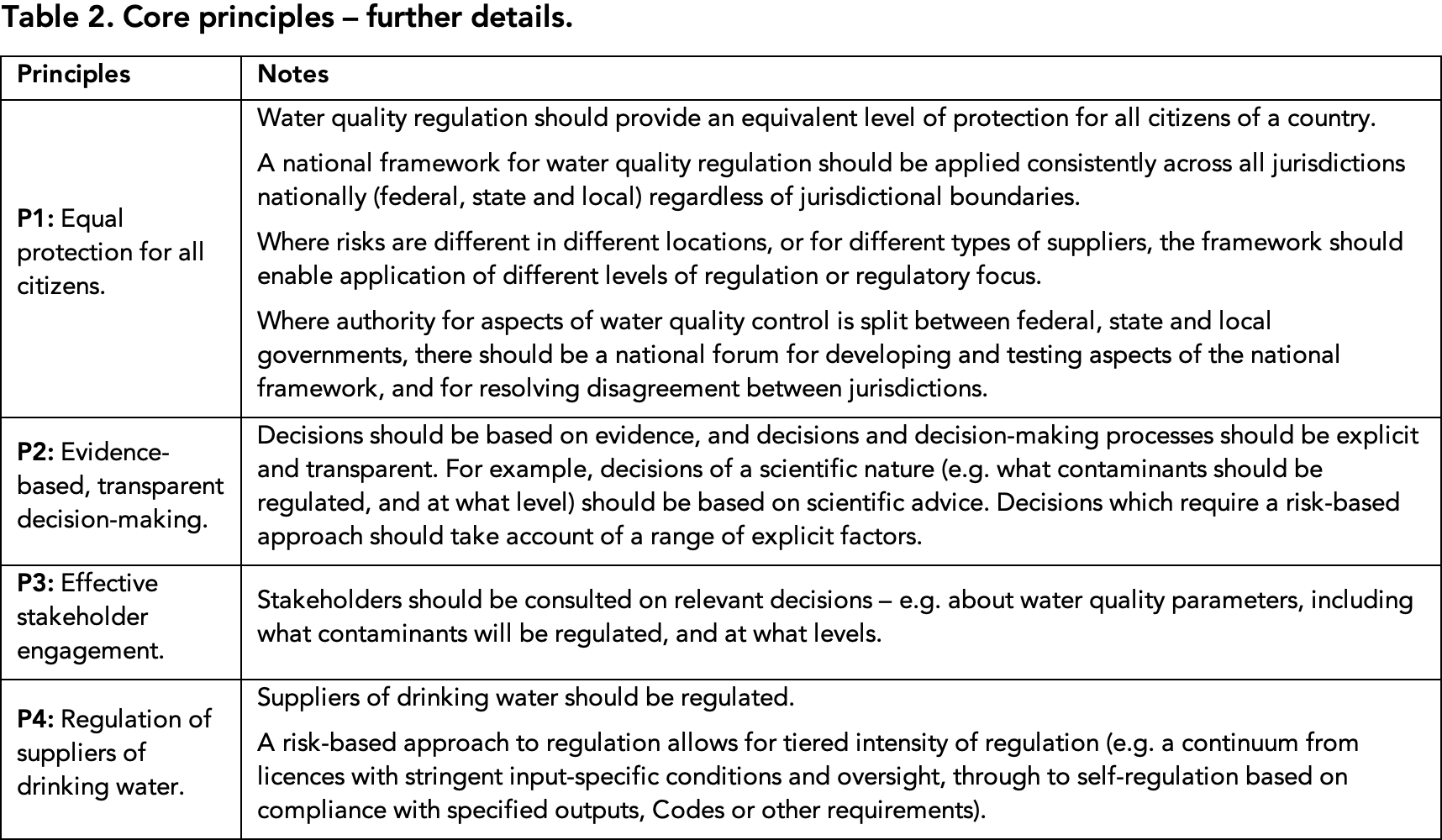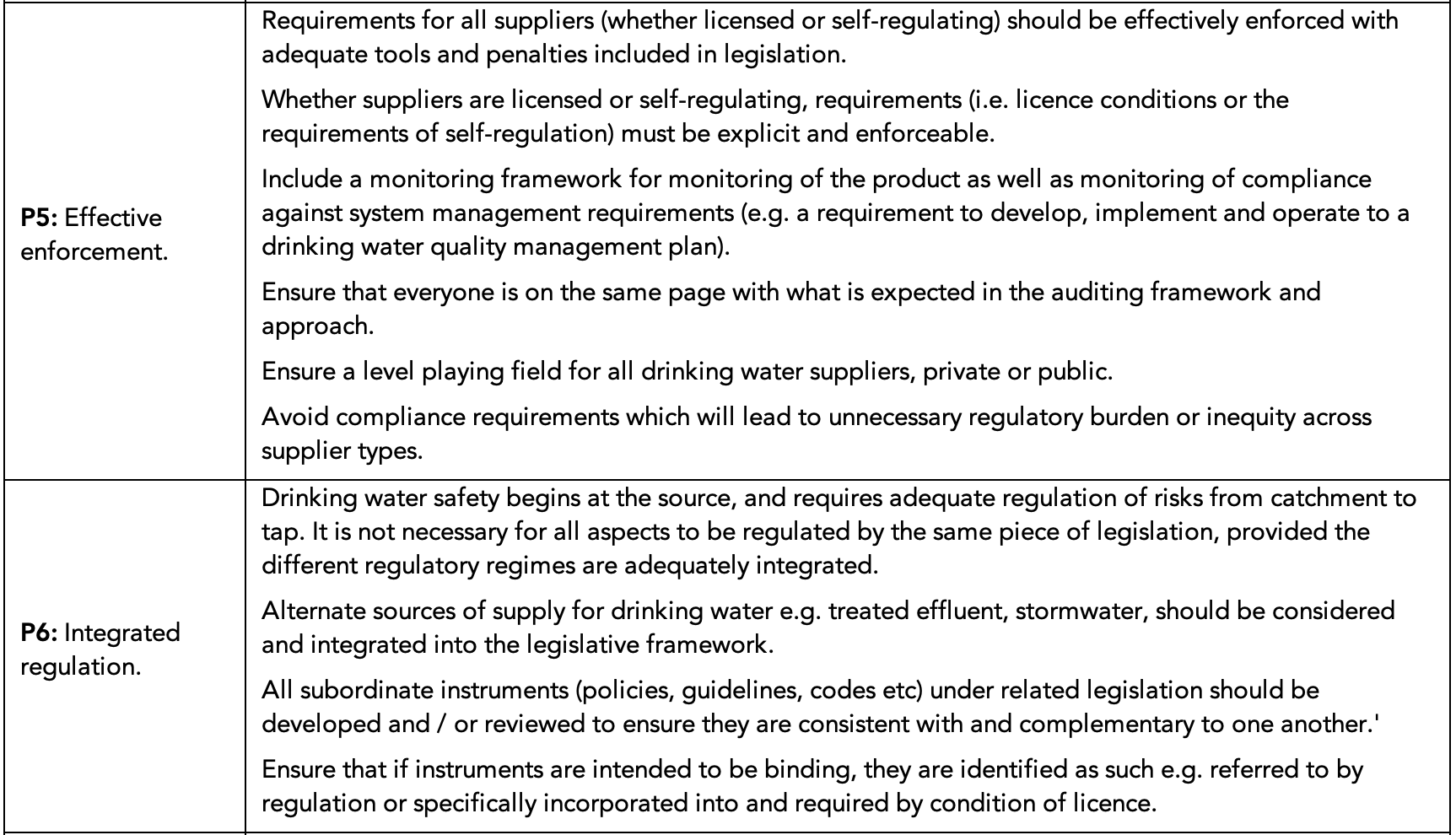 Governance is an essential part of managing any resource, but if you were starting from a clean slate, what sort of framework would you use? If you already have regulation in place, how can you test if it is actually fit for purpose, including the social and cultural aspects of the time, and identify what needs to be changed?
Governance is an essential part of managing any resource, but if you were starting from a clean slate, what sort of framework would you use? If you already have regulation in place, how can you test if it is actually fit for purpose, including the social and cultural aspects of the time, and identify what needs to be changed?
ISO 31000 is the international standard of risk management. It applies to any aspect of risk (‘risk’ being ‘the effect of uncertainty on objectives’). Understanding risks associated with a statutory regime is just as important as understanding risks associated with any aspect of managing a coherent and functional society.
 Using ISO 31000, we have thought about what the risks might be to achieving the objective of a fit-for-purpose legal and institutional framework for drinking water quality, and put forward some best practice principles to help address these risks. The principles will help you to assess your current legal framework or if you are starting from scratch, help you to craft a robust and contextually relevant legal framework for regulating drinking water quality.
Using ISO 31000, we have thought about what the risks might be to achieving the objective of a fit-for-purpose legal and institutional framework for drinking water quality, and put forward some best practice principles to help address these risks. The principles will help you to assess your current legal framework or if you are starting from scratch, help you to craft a robust and contextually relevant legal framework for regulating drinking water quality.
Understanding context
Before you can sensibly tackle the question of what elements you need in your regulatory regime, or how your particular regime measures up against best practice, you first need to understand your particular context. Context means understanding what’s around you, the framework within which you exist and operate.
Understanding your context is essential for proper operation and function – it’s like stepping out onto a sporting field or getting into your car – you need to know the rules so you can play the game properly or drive the car without causing an issue. It’s the same with legislation. For drinking water supply, it is necessary to think about a range of issues to fully understand context, we have provided some examples in Table 1.
What are the risks?
Once you have understood your context, the next step is to consider what risks there might be to not achieving the objective of a fit-for-purpose drinking water quality legal framework. Some example risks are shown below in Figure 1.
How do we manage the risks?
A fit-for-purpose legal and institutional framework for drinking water quality will be built around, and reflect, some high-level principles. While each jurisdiction will probably have slightly different principles, according to their own context and specific risks, we propose the following core principles shown in Figure 2 and in more detail in Table 2.
How do we know the risks are being managed?
Once the above steps have been completed, the next approach is to ensure that a framework is in place to confirm that the identified risks are actually being managed, the legal and formal framework remains relevant and has not generated any unintended consequences. Periodic review and monitoring needs to be built into the legislation.
Good legislation and good regulatory regimes are driven by good policy, and soundly implemented through good administrative practice.
Good policy is evidence-based, and seeks out and responds to change. To be responsive to change, you must keep under review the effectiveness of operation of legislation in relation to the risks being regulated. Effectiveness of a regulatory regime should be actively and formally monitored against explicit measures, and requirements for monitoring and review should be built into the legislation. If monitoring and review show a need for change in either the regulatory or administrative framework, it should be possible to make those changes in a way that is cost-effective and timely. A good regulatory regime will allow this to happen.
Good administrative practice is characterized by integrity (accurate and ethical application of the law), consistency, timeliness and cost-effectiveness. A good regulatory regime will include checks and balances to help ensure integrity and consistency. It will establish a framework that is timely and appropriate in terms of costs to both regulators and those who are regulated, and that is proportionate to the risks being regulated.
Undertaking a review of your drinking water quality governance arrangements may help you to identify gaps or weaknesses which need to be filled to help protect both you, and the stakeholders you regulate – especially in these times of water security risks and the need to consider alternate sources of water for the drinking water supply.
Need help? Annette Davison and Megan Dyson have a fundamental understanding and wide breadth of experience in water quality risk and law. Our aim is always to help our customers understand their risks, and provide well-articulated areas for improvement. Learn more here.
Bio’s:
Annette Davison is the Director and Principal, Risk Edge Pty Ltd; Director and Chief Risk and Product Officer, D2K Information Pty Ltd.
Megan Dyson is an Australian lawyer and policy consultant with more than 25 years’ experience in water and natural resources management, regulation and policy, and public sector governance. Megan has advised the Australian government and Murray-Darling Basin Authority extensively in relation to the federal government’s role in water management in the Murray-Darling Basin. She also advises on administrative law, governance, and compliance with statutory requirements, and advises on assessing and reporting compliance with assurance requirements. Megan is a trusted adviser, focused on providing practical solutions which are based on a thorough understanding of an organisation’s goals. Megan regularly works in both legal and multi-disciplinary teams, enjoying collaborative, productive relationships.





